Introduction to Laboratory Apparatus and Their Uses
Have you ever peeked into a lab and felt like you stepped into a mad scientist’s playground? All those tubes, flasks, and gadgets—it can be overwhelming! But guess what? Each of those pieces of equipment has a unique role that makes scientific discovery possible. Today, we’re diving into the world of laboratory apparatus—what they are, what they do, and why they’re so essential.
Why Laboratory Apparatus Matters
Imagine trying to bake a cake without measuring cups or mixing bowls. It’d be a disaster, right? The same goes for lab experiments. Laboratory apparatus helps scientists measure, mix, heat, cool, and analyze materials safely and precisely. Without them, experiments would be messy guesswork!
Essential Laboratory Glassware
Beakers and Their Versatility
Let’s start with the classic beaker—a true lab MVP! Beakers are those cylindrical glass containers you see in every science lab. They’re perfect for mixing liquids, holding samples, or even heating solutions. Think of them as the lab’s “catch-all” container.
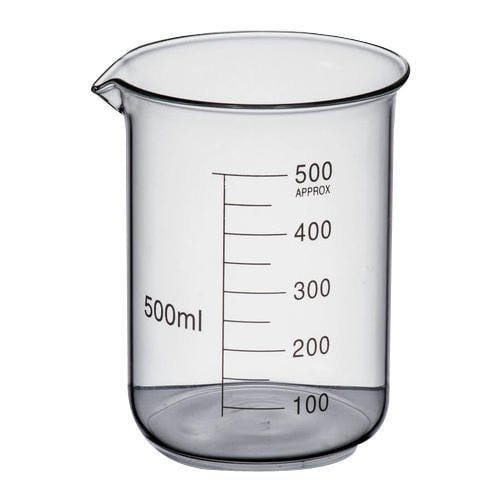
Erlenmeyer Flasks: Narrow Neck, Big Utility
Next up: Erlenmeyer flasks! With their narrow necks and conical shapes, these flasks are designed to minimize spills and make swirling liquids a breeze. They’re your go-to for mixing solutions without sloshing them all over the place.
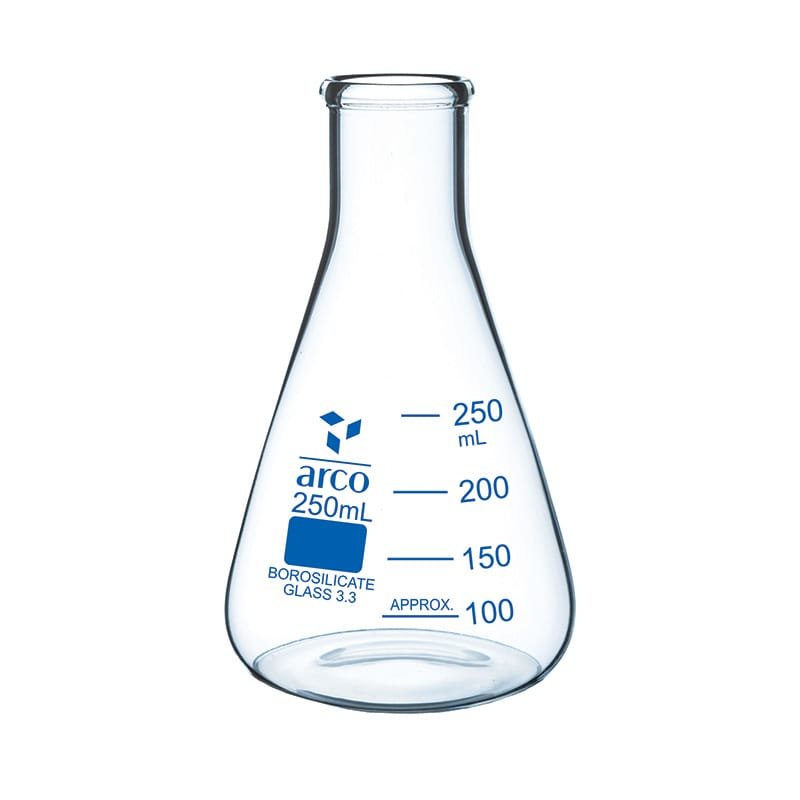
Test Tubes: Small but Mighty
Test tubes might be small, but they’re crucial for small-scale reactions. They’re also great for heating samples over a flame. Plus, they’re easy to store in test tube racks, keeping everything neat and tidy.
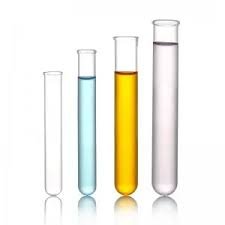
Measurement and Volume Tools
Graduated Cylinders for Accurate Measurements
When precision matters (and it always does in science!), graduated cylinders step in. Their narrow shape and marked measurements make them perfect for measuring liquids to the last drop. No more guessing!
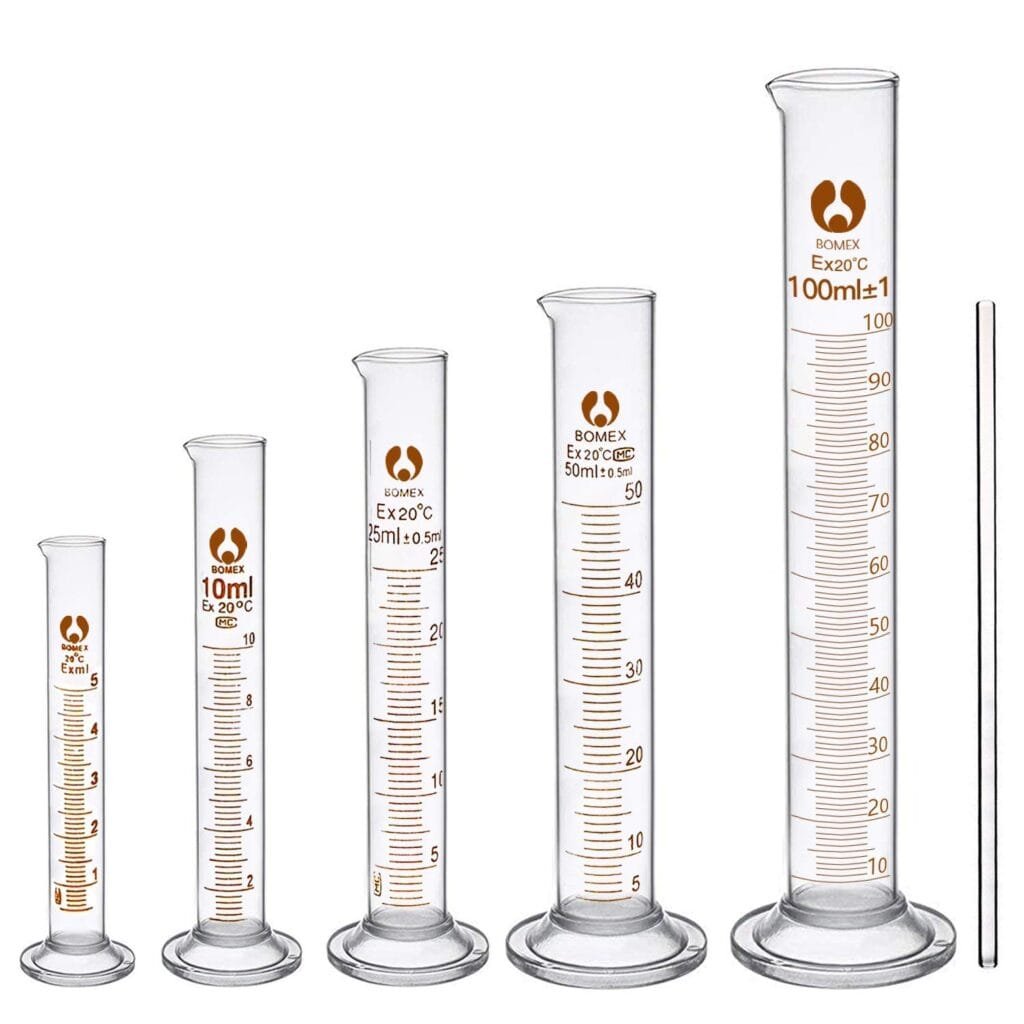
Pipettes: Precision Liquid Handling
Want to transfer a tiny amount of liquid without spilling? Pipettes are your best friends. From plastic droppers to sophisticated micropipettes, they ensure you can measure and move liquids with pinpoint accuracy.
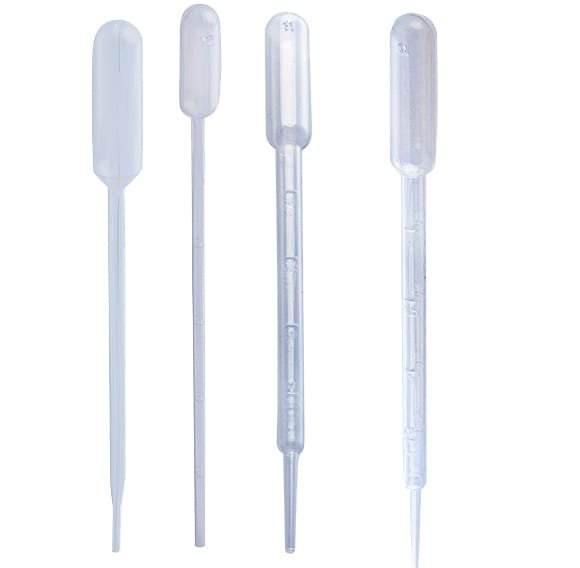
Burettes in Titration Experiments
If you’ve ever done a titration experiment, you know how important burettes are. These long, narrow tubes dispense precise amounts of liquid, drop by drop, making them crucial for delicate measurements.
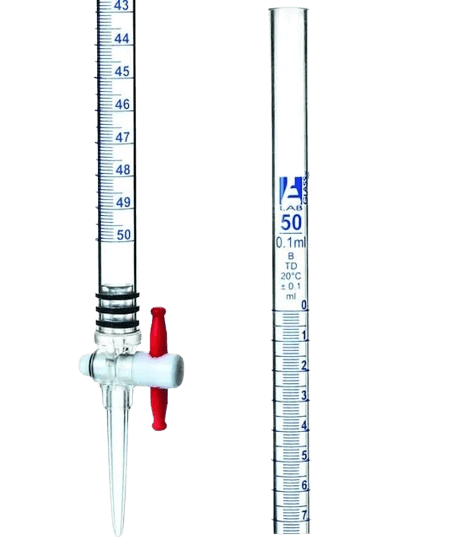
Heating and Cooling Equipment
Bunsen Burners: The Classic Lab Flame
The Bunsen burner is iconic! It creates a steady, adjustable flame for heating substances. Whether you’re sterilizing equipment or boiling a solution, it’s the lab’s reliable heat source.

Hot Plates and Stirring Hot Plates
Not a fan of open flames? Hot plates are here to save the day! They provide even, adjustable heat and can even stir your solutions while heating—a multitasking hero in the lab.
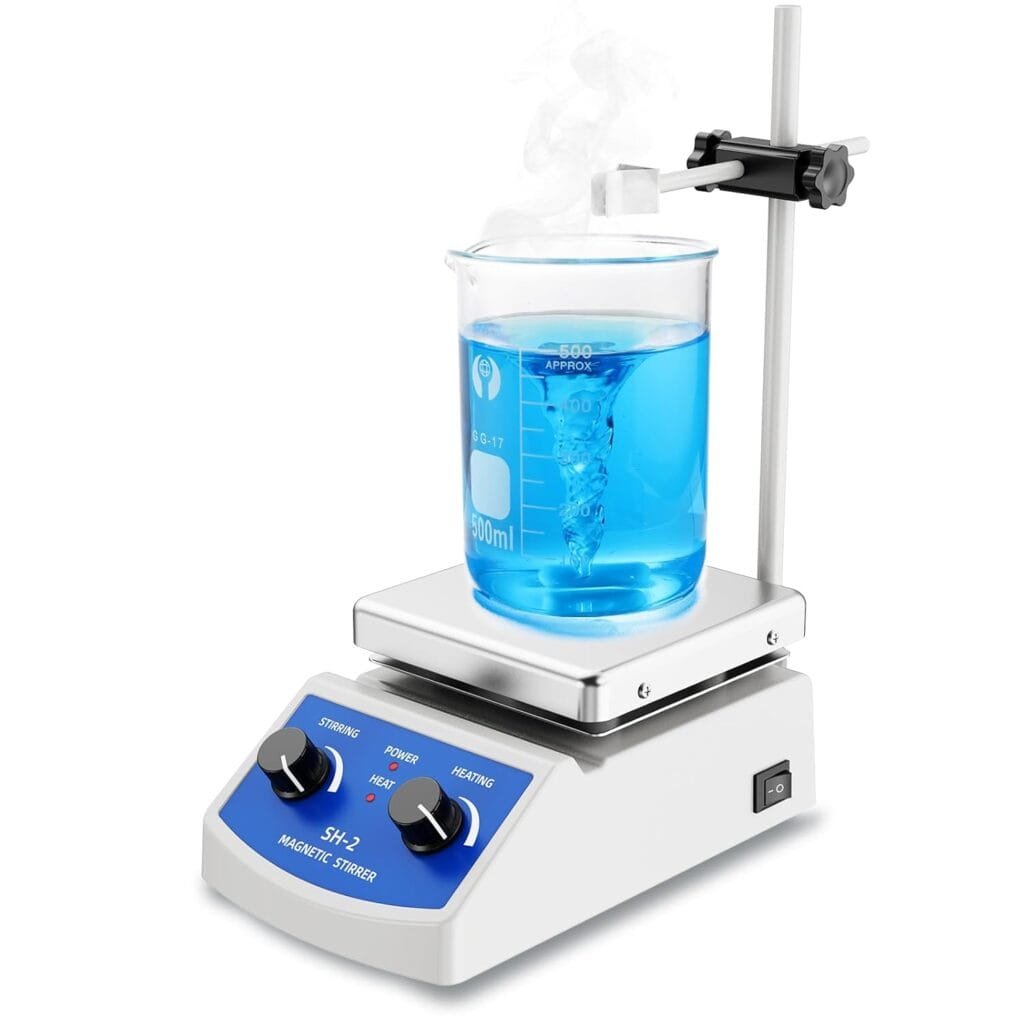
Water Baths: Gentle Heating Power
Some experiments need a gentle touch. Enter the water bath! It evenly warms samples without direct flame, making it perfect for sensitive experiments like enzyme reactions.
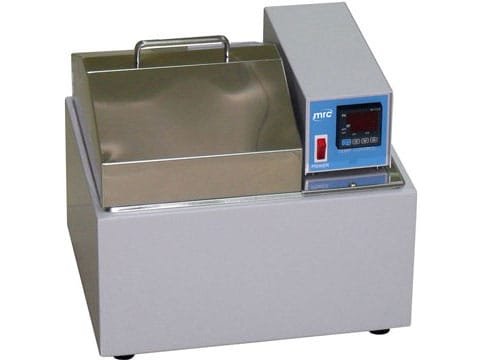
Separation and Filtration Tools
Funnels: Easy Pouring and Filtering
Funnels are the unsung heroes of the lab. They make transferring liquids to narrow containers a breeze and, paired with filter paper, help separate solids from liquids. Goodbye, spills and splashes!

Filter Paper: Separating Solids from Liquids
Filter paper acts like a superhero’s cape—catching solids while liquids slip through. From coffee filters to lab-grade filter papers, they’re essential for clean, pure samples.
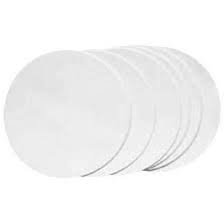
Centrifuge: Spinning Out the Details
Need to separate particles in a sample? The centrifuge spins at lightning speeds to pull dense particles to the bottom. It’s like a mini merry-go-round for your test tubes!
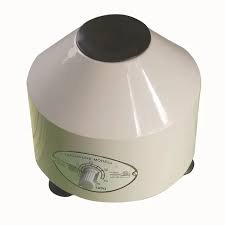
Observation and Analysis Instruments
Microscopes: A Peek into the Micro World
Curious about the world you can’t see with your naked eye? Microscopes open up a universe of tiny wonders. From single-celled organisms to intricate cell structures, these tools reveal the hidden world.
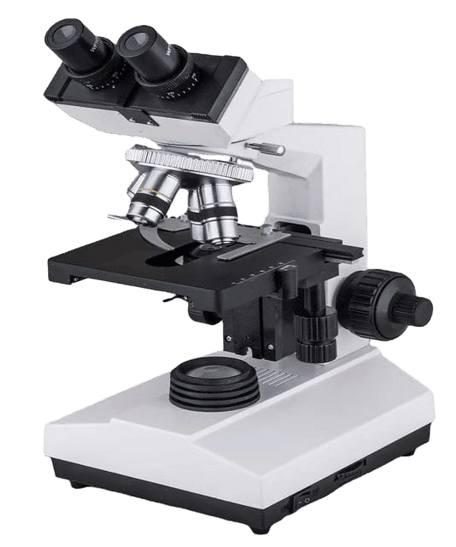
Spectrophotometers: Shedding Light on Samples
Spectrophotometers measure how much light a sample absorbs. This info can tell you everything from the concentration of a solution to the purity of a sample—truly a high-tech marvel!
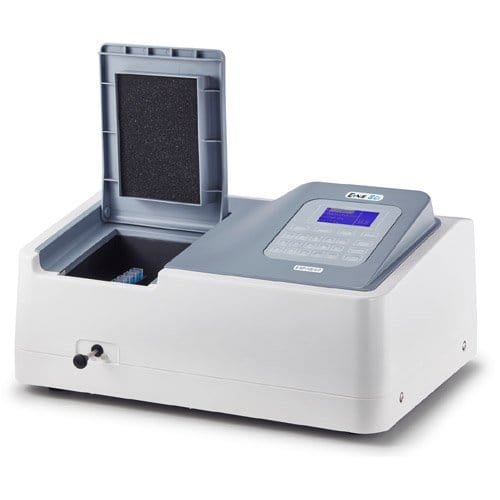
Safety Equipment in the Lab
Safety Goggles: Eyes Wide Open, Safely
Science is awesome, but safety comes first! Safety goggles shield your eyes from chemical splashes and flying bits of glass. They’re non-negotiable in any lab.
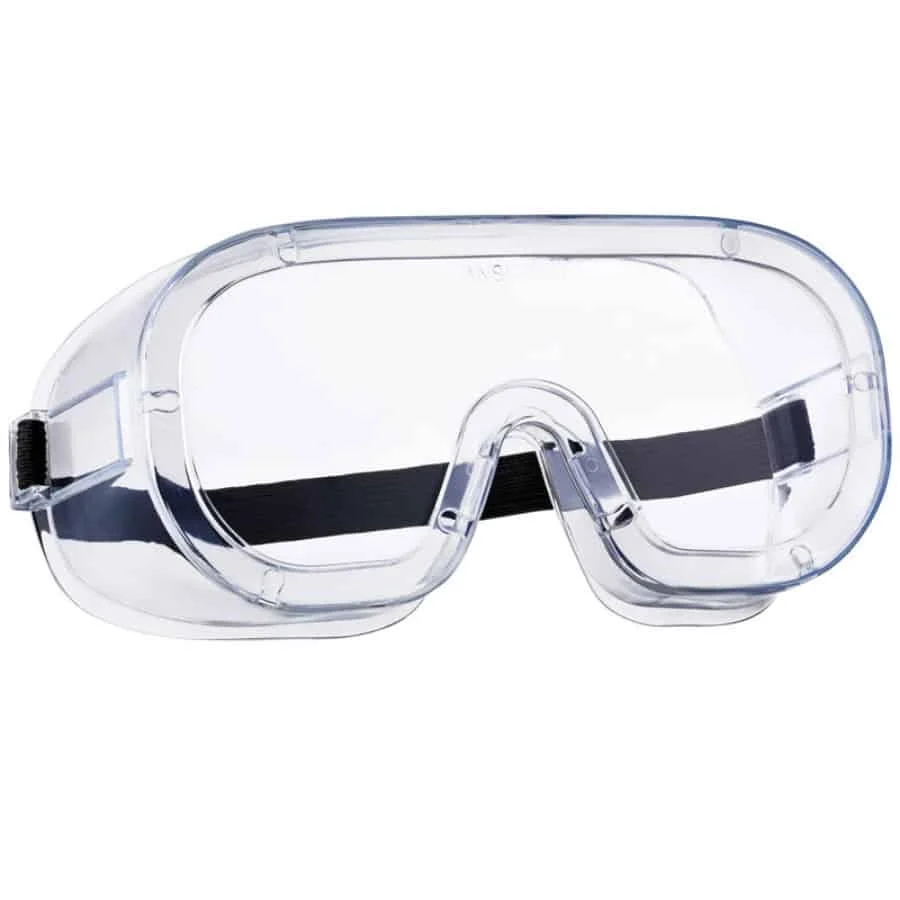
Lab Coats and Gloves: Dressing for Safety
Lab coats keep spills off your clothes and gloves protect your hands from dangerous chemicals. Think of them as your science armor!
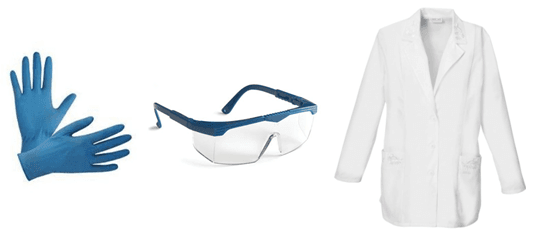
Common Plasticware and Their Uses
Petri Dishes: Growing Cultures
Petri dishes are shallow, round containers used to culture bacteria, fungi, and more. They’re the perfect little ecosystems for tiny life forms!
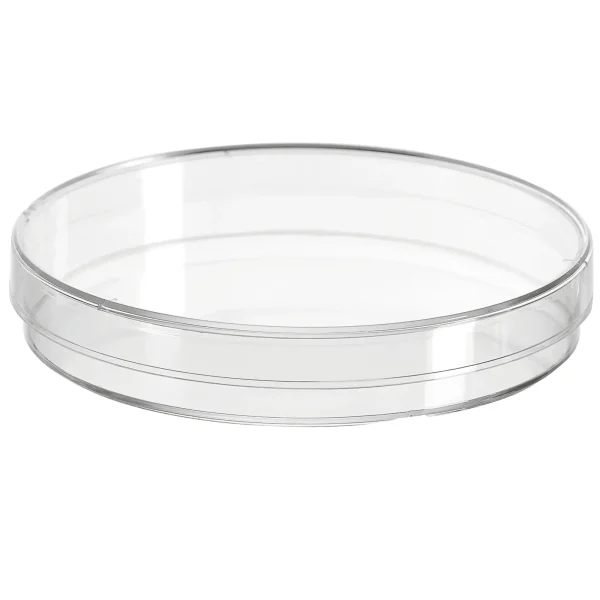
Plastic Pipettes and Their Flexibility
Plastic pipettes are affordable, disposable, and handy for transferring small volumes of liquid. They’re the quick-fix heroes of the lab world.

Cleaning and Maintenance Tools
Brushes and Cleaning Solutions
Labs get messy—fast. Brushes, detergents, and cleaning solutions keep glassware spotless and experiments reliable. A clean lab is a happy lab!
Conclusion
Lab apparatus might look intimidating at first, but each piece has a purpose. They’re the unsung heroes behind every experiment, big or small. Whether you’re just starting your science journey or refining your skills, understanding how these tools work will make you a true lab pro.
FAQs
1. What is the difference between a beaker and a flask?
Beakers have straight sides and are great for mixing, while flasks have narrow necks to minimize spills and make swirling easier.
2. How does a Bunsen burner work?
It mixes gas and air to create a steady flame, perfect for heating substances directly.
3. Can plasticware replace glassware in a lab?
In some cases, yes! Plasticware is lightweight and shatterproof, but it’s not always heat-resistant like glass.
4. Why are centrifuges important in labs?
Centrifuges separate components based on density, which is essential for tasks like separating blood samples or isolating DNA.
5. How do I clean glassware properly?
Use brushes, soap, and plenty of rinsing. For stubborn residues, special cleaning solutions or autoclaving can do the trick!


Very informative